This post was written by John Turner, Marketing & Media Relations Specialist at the Grossman School of Business.
In a recent study of women in the workplace by McKinsey & Company, the consulting group reported that while for the last four years, companies have reported that they are highly committed to gender diversity, that commitment has not translated into meaningful progress. Women continue to be vastly underrepresented at every level, and only about one in five senior leaders is a woman.
With that as the backdrop, the role and empowerment of women in the workplace was addressed by globally renowned leadership speaker Holly Dowling recently at a special event in Burlington.

Hosted by the MBA Women for Change, a student group of The Sustainable Innovation MBA program at the Grossman School of Business, and Westport Hospitality, guest speaker and change management and leadership expert Holly Dowling led a spirited conversation about women in leadership at the Courtyard Marriott in Burlington.
The event was the brainchild of the MBA Women for Change, a group started in the fall of 2018 to promote and advocate for gender issues in the workplace within The Sustainable Innovation MBA program.
The idea for the event gelled when a personal connection to Holly Dowling surfaced, and the group saw the opportunity to host an event that not only started a conversation around these issues, but was an appropriate way to widen the discussion out into the community, strengthen relationships with other organizations such as the Vermont Women’s Fund, as well as raise the profile and awareness of the program itself.
“Holly was a perfect speaker for us, having an aligned focus and goals of getting women into leadership as a conversation and she gave us this gift with her time and energy to be able to come here,” said organizing committee member Emily Klein ’19.
Meryl Schneider ’19, another committee member said,“it was great to be able to invite other women from all over the community, friends and family, and men, to this event to take part in something like this.”
The event also provided a platform to build bridges, extending the network and encouraging collaboration. Alyssa Schuetz ’19 noted, “it was great being able to establish relationships with other community groups like the Vermont Women’s Fund, the Burton’s women’s group as well as with our donors, to further connect and establish lines of communication.”
She continued, “We deliberately invited men and asked Holly to tailor the conversation so that it was inclusive to all genders, so everyone could get the benefit. Because we know that it’s not just the women who have to make a change, men are a huge part in this. We wanted to make it as open and accessible to as many people as possible.”
Emily continued, “I liked Holly’s message that companies are letting go of diversity and inclusion and are now only talking about inclusion. Because how far are we going to get if there’s all these separate interest groups with all these separate conversations? Acknowledging diversity and creating pockets within an organization is not fully solving the issue.”
Meg Smith, Director of the Vermont Women’s Fund, a nonprofit organization that provides support for women’s economic self-sufficiency, entrepreneurship and an event sponsor said, “this event that brings people together to have a conversation is important as everyone gains strength from one another. The realization that by collaborating, the sum is greater than the parts. There is an ongoing need for women in the workforce, and to create an inclusive, friendly workplace. My organization is focused on positive change for women, but it cannot happen in a vacuum, you cannot do it alone.”
With the success of this initial event, the group hope to continue their work including hosting guest speakers from the Women’s Center and an International Women’s Forum dinner with PhD students and the dean from UVM’s Rubenstein School. The group also realize that with The Sustainable Innovation MBA program being just one year, it’s a challenge to maintain momentum from cohort to cohort.
They plan to stay involved after graduation and provide assistance wherever possible, as some from previous cohorts have done, and hope that future cohorts will continue to build out the work of the group, and keep advocating and pushing for gender issues and equality.


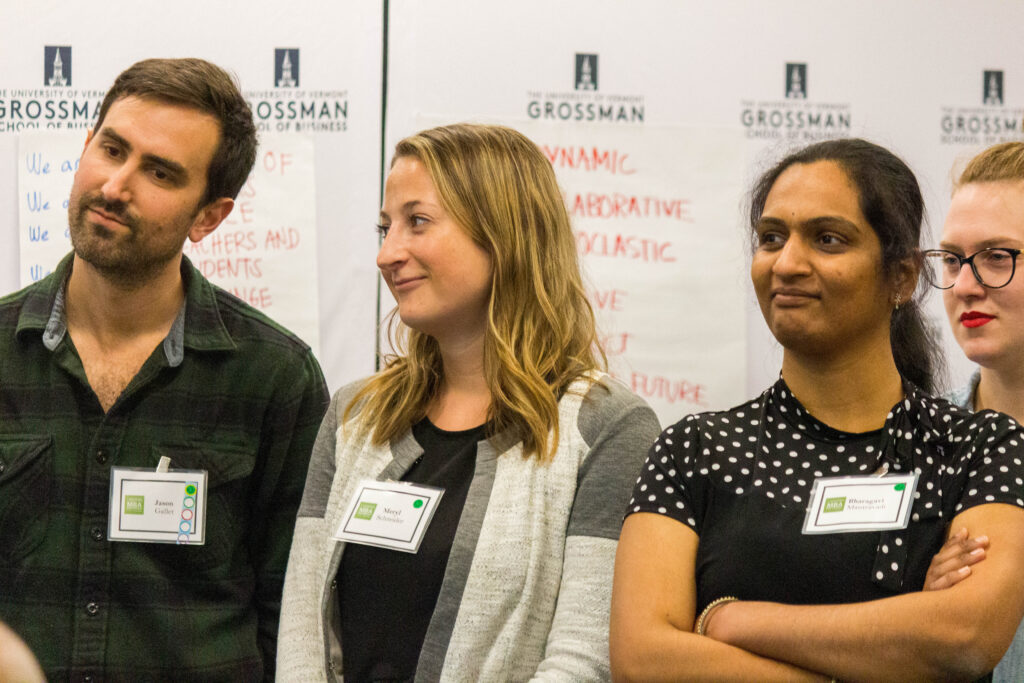
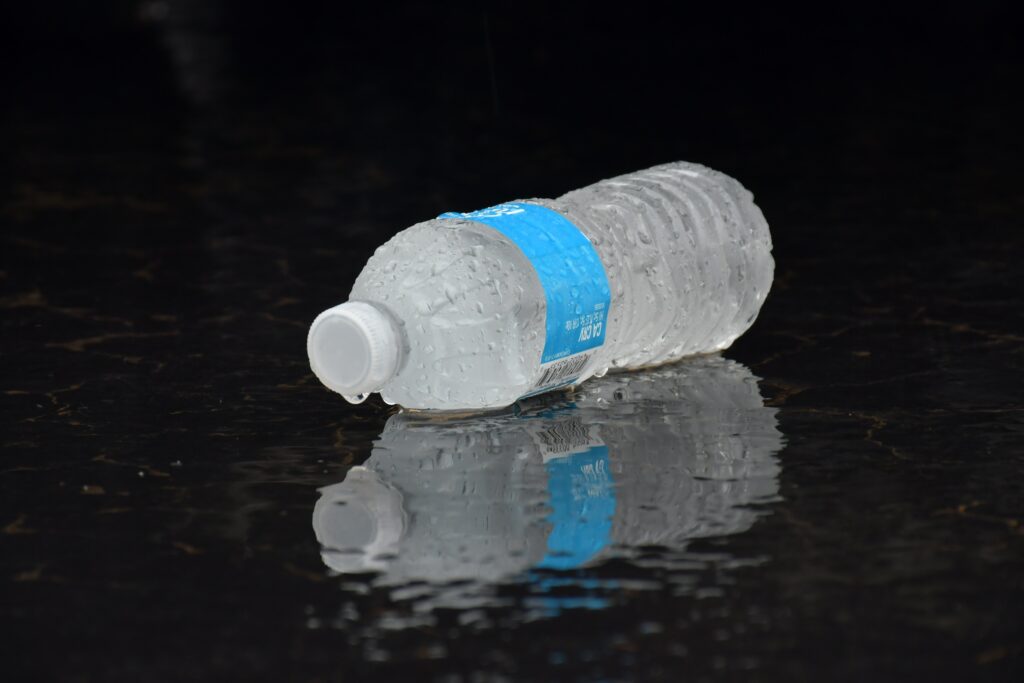

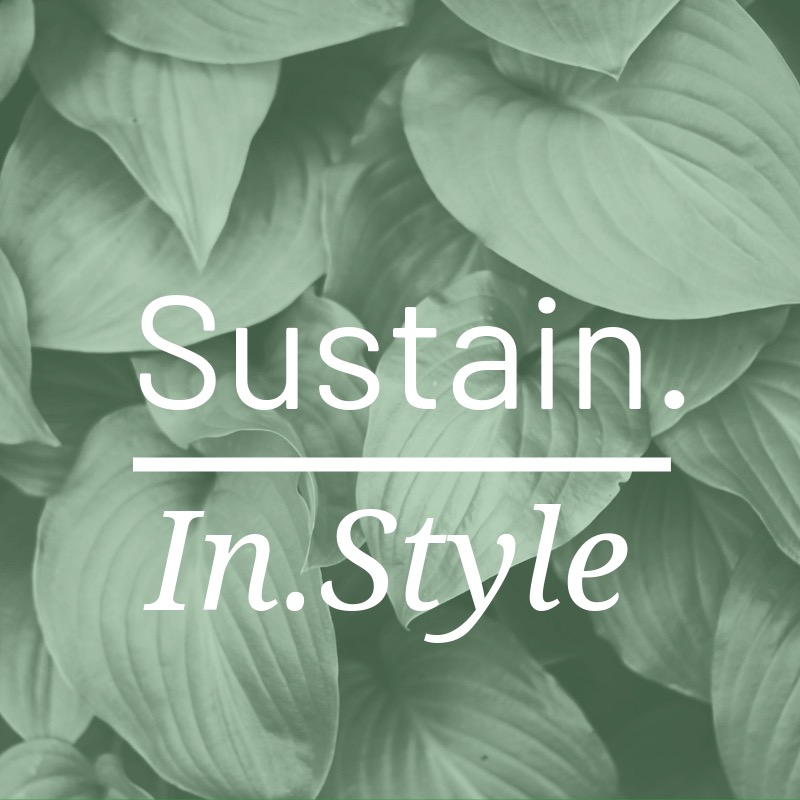
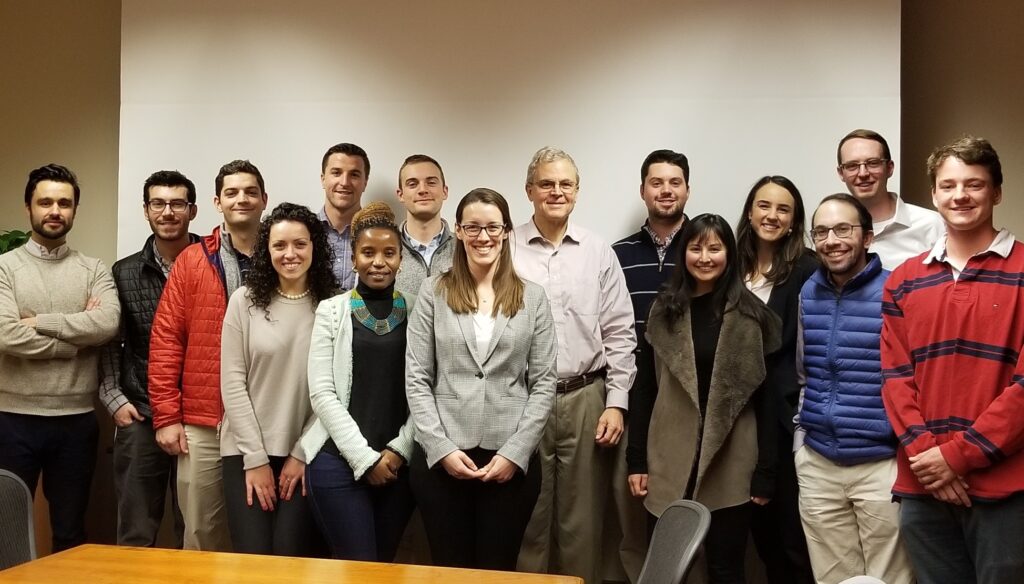 *Andrew Mallory, Andrew Oliveri, Alyssa Schuetz, Alyssa Stankiewicz, Esteban Echeverria-Fernandez, Emily Klein, Keil Corey, Maura Kalil, Matt Iacobucci, Noelle Nyirenda, Peter Seltzer, Ryan Forman, Tor Dworshak (in no particular order — EDITOR)
*Andrew Mallory, Andrew Oliveri, Alyssa Schuetz, Alyssa Stankiewicz, Esteban Echeverria-Fernandez, Emily Klein, Keil Corey, Maura Kalil, Matt Iacobucci, Noelle Nyirenda, Peter Seltzer, Ryan Forman, Tor Dworshak (in no particular order — EDITOR) It is far too tempting to fall victim to fast-fashion retailers such as H&M and Zara, who may have the perfect budget-friendly pieces, but in the long-run end up costing us more since these items quickly wear out. Instead of buying more items at a lower price, opt to invest in your wardrobe! Buy pieces that may cost more in the moment but will
It is far too tempting to fall victim to fast-fashion retailers such as H&M and Zara, who may have the perfect budget-friendly pieces, but in the long-run end up costing us more since these items quickly wear out. Instead of buying more items at a lower price, opt to invest in your wardrobe! Buy pieces that may cost more in the moment but will 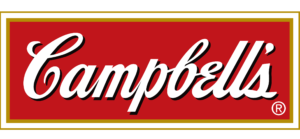 According to Innovator-in-Residence Dave Stangis, Chief Sustainability Officer at Campbell Soup Company, organizations go through phases when implementing sustainable practices which he called “Sustainability 1.0, 2.0, and 3.0.” Beginning his career at Intel as an Environmental, Health and Safety External Affairs Manager, Stangis’s initial role transformed into Director of Corporate Sustainability where he spearheaded corporate social responsibility and sustainability strategies in response to growing societal concerns of Intel’s environmental, social and economic impact. From there, Stangis’s growing passion for business and sustainability landed him a job at Campbell’s, where he has developed and led the firm’s widely known CSR, ESG and sustainability strategies.
According to Innovator-in-Residence Dave Stangis, Chief Sustainability Officer at Campbell Soup Company, organizations go through phases when implementing sustainable practices which he called “Sustainability 1.0, 2.0, and 3.0.” Beginning his career at Intel as an Environmental, Health and Safety External Affairs Manager, Stangis’s initial role transformed into Director of Corporate Sustainability where he spearheaded corporate social responsibility and sustainability strategies in response to growing societal concerns of Intel’s environmental, social and economic impact. From there, Stangis’s growing passion for business and sustainability landed him a job at Campbell’s, where he has developed and led the firm’s widely known CSR, ESG and sustainability strategies. Leading with Kenneth was a formal 2-credit course with two exams, some reflection papers, hundreds of slides and a daily-
Leading with Kenneth was a formal 2-credit course with two exams, some reflection papers, hundreds of slides and a daily-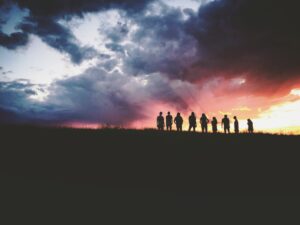 Leading for Sustainable Innovation ended up being one of my favorite classes. Seeing a familiar concept fleshed out, explained in depth, proved (through student testimonials, personal reflections and long-standing industry theories) to then understand it on a deeper level and be able to apply it in the world around me. It was great. There were several few high-level takeaways from this course, but I keep the following flashcard(s) in my backpack while the others have made their way into the recycling bin.
Leading for Sustainable Innovation ended up being one of my favorite classes. Seeing a familiar concept fleshed out, explained in depth, proved (through student testimonials, personal reflections and long-standing industry theories) to then understand it on a deeper level and be able to apply it in the world around me. It was great. There were several few high-level takeaways from this course, but I keep the following flashcard(s) in my backpack while the others have made their way into the recycling bin.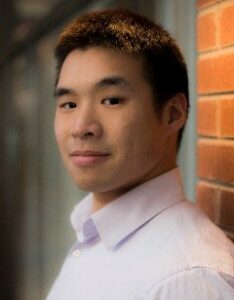 I’ve been searching for an MBA program for quite some time, but was having difficulty finding one I was excited about until I cam across The Sustainable Innovation MBA program. I knew that I wanted to incorporate sustainability components into my career, so this program felt like the perfect fit for me.
I’ve been searching for an MBA program for quite some time, but was having difficulty finding one I was excited about until I cam across The Sustainable Innovation MBA program. I knew that I wanted to incorporate sustainability components into my career, so this program felt like the perfect fit for me.